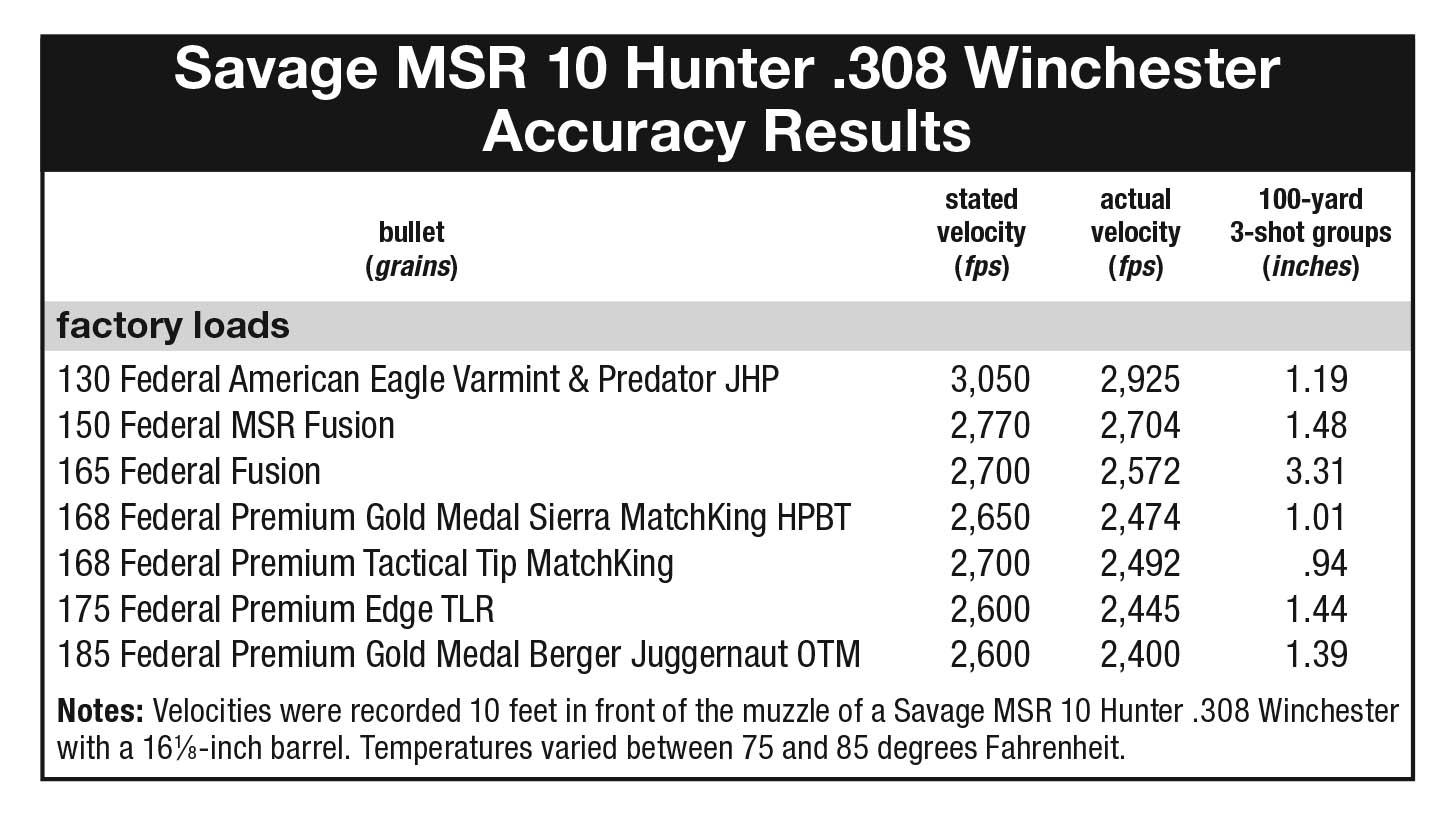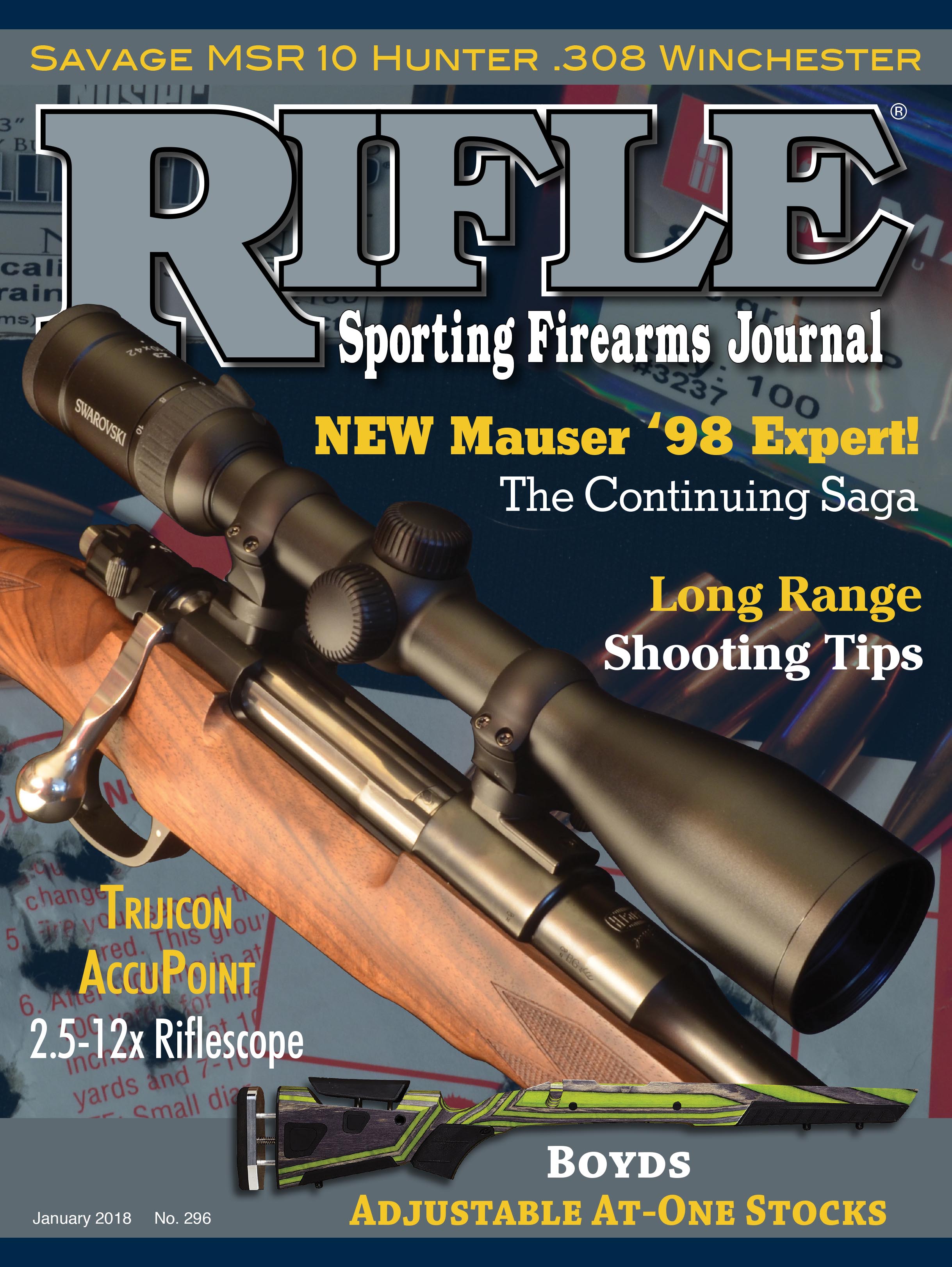Modern Savage Rifle
A Look at the New MSR 10 Hunter
feature By: John Haviland | January, 18
The phrase “Modern Sporting Rifle” was coined in an attempt to improve the image of AR-type rifles among the general public. Savage Arms has tweaked the term to “Modern Savage Rifle” to introduce four models in its new line of autoloading rifles. The MSR 15 Recon and Patrol are derivatives of the AR-15 and are chambered for the .223/5.56 NATO, while the MSR 10 Long Range and Hunter are offshoots of the AR-10.
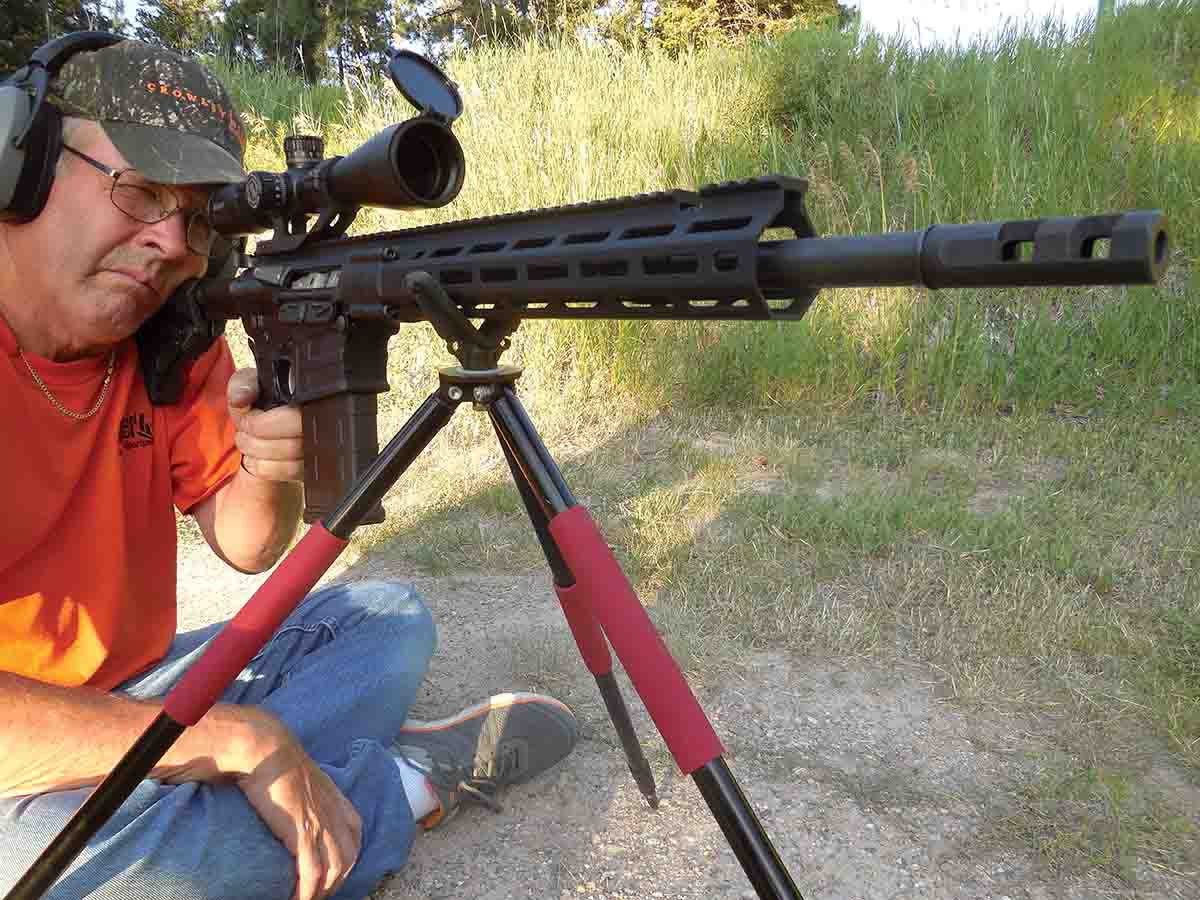
The Hunter .308 Winchester was chosen for this review; it’s also chambered in 6.5 Creedmoor and .338 Federal. The Hunter uses the familiar direct-impingement system of gas operation and a short, 161⁄8 -inch barrel. Other common features include a two-position safety, forward assist button and takedown pins. The Hunter also has a few innovative features, such as two ejectors on the bolt face, a muzzle brake, 5R rifling and coatings on the barrel, bolt and trigger.
The original AR-10 design has been evolving for about 20 years, mainly to shrink and lighten the rifle. Savage has continued in that direction, with the Hunter weighing 7.8 pounds. That’s nearly a pound lighter than many other such rifles. Savage did this by ever so slightly lightening the upper receiver. The bolt release lever and magazine release button located on only one side of the receiver shave a few more ounces of weight. Of course, a short 161⁄8 -inch barrel is obligatory. The M-LOK handguard is relatively slender and slotted all the way around to reduce weight and provide holes to attach all manner of accessories. A Picatinny rail extends the length of the receiver top and handguard to mount optics and other sights.
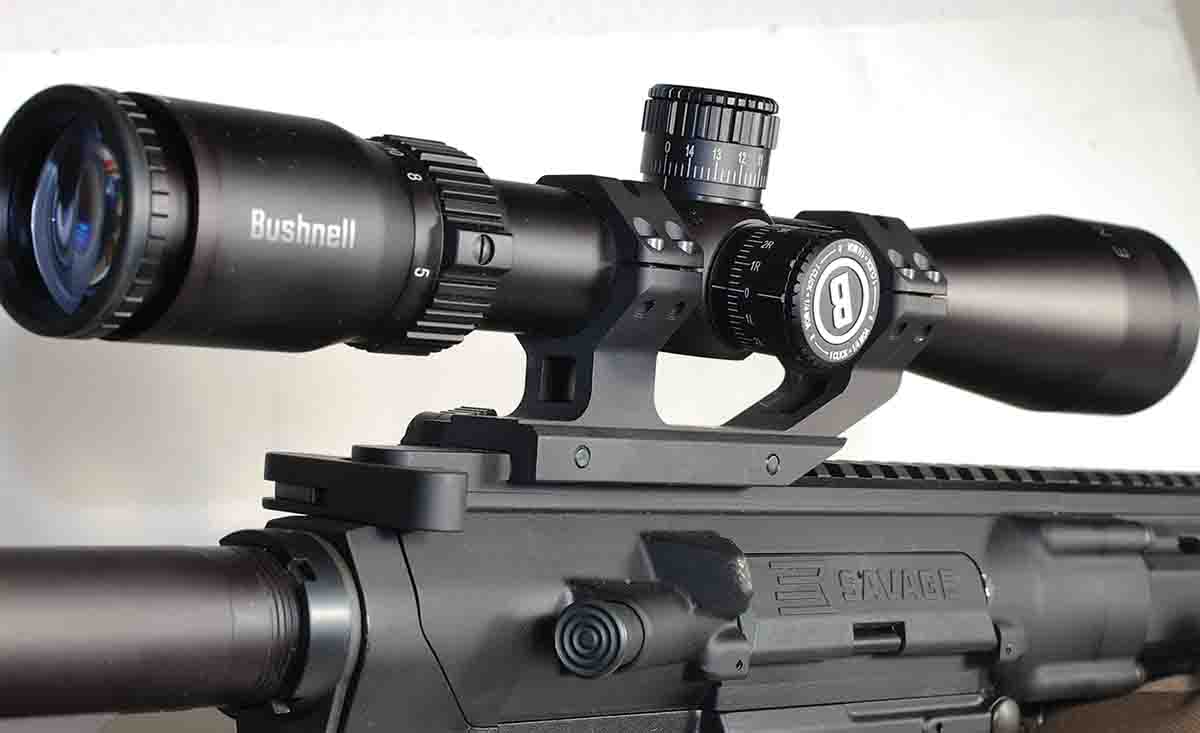
The 12-inch, free-floated handguard attaches to the upper receiver with four Allen-head screws instead of the common delta ring or barrel nut clamp. The forward extension of the upper receiver is a thick, 1.90 inches in diameter, to which the handguard attaches and adds stiffness to the chamber area.
Removing the handguard reveals a fluted, .88-inch diameter barrel behind the gas block. The barrel tapers to .75 inch forward of the gas block and ends with a muzzle brake with four vents that direct gas upward to reduce muzzle flip and prevent a cloud of dust when shooting prone.
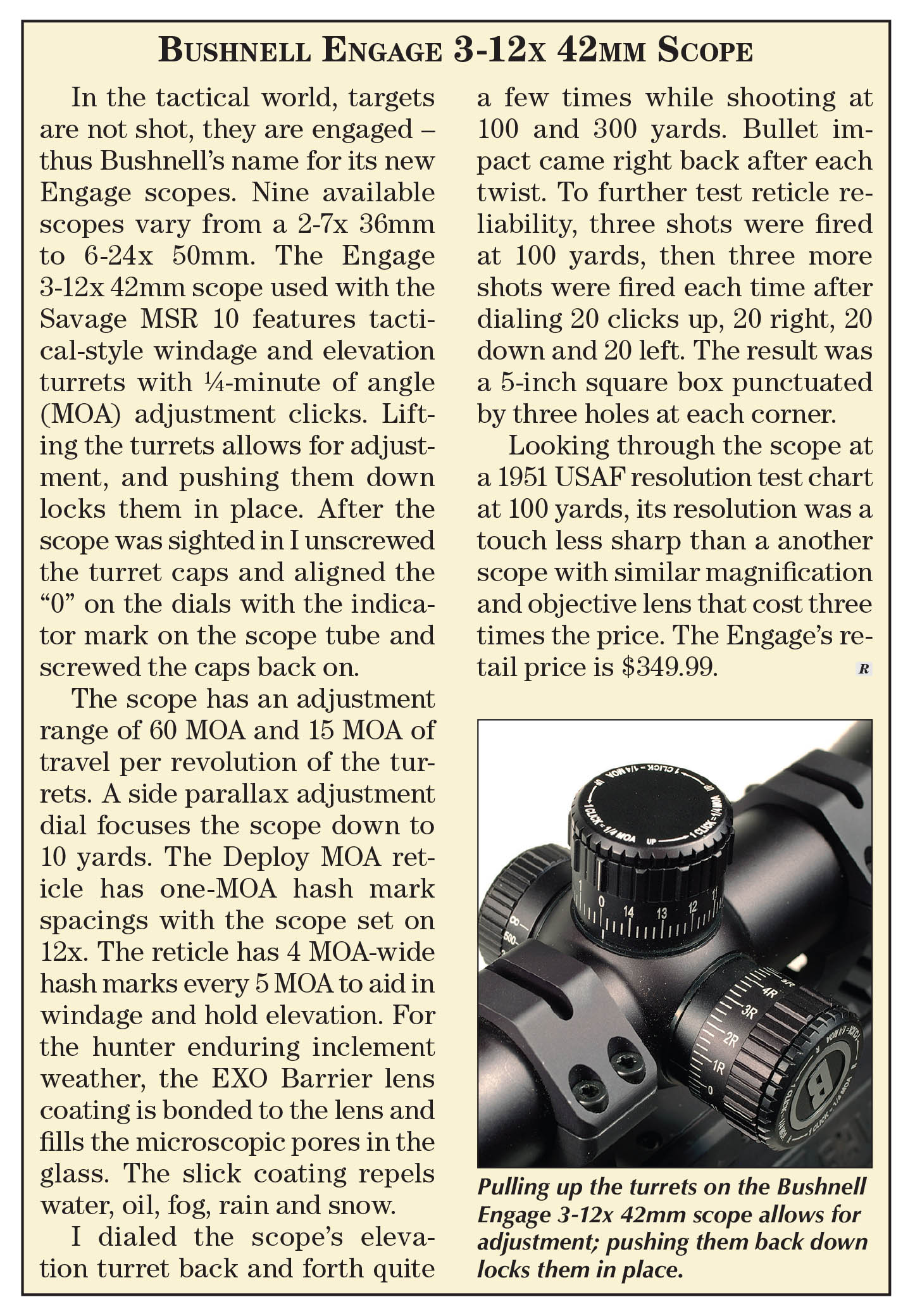
The barrel has a Melonite coating that hardens and improves the corrosion resistance of the metal surface. Its 1:10 rifling twist has 5R-type rifling. A look in the bore with a Lyman borescope showed five lands and grooves, with the tops of the lands sloping toward the grooves. This slant is believed to distort bullets less as they pass down the bore and reduce fouling buildup at the junction of the lands and grooves. After firing 80-some rounds through the barrel, copper-fouling streaked the tops of the lands here and there in the bore. The entire length of the bore showed crosswise tool marks.
There are a few differences between the Hunter and a similar Colt LE901. The Hunter’s upper is about an inch longer than the Colt’s. That length comes from the Hunter’s extension to attach the handguard. The Hunter’s lower is also thicker around the magazine well, the rear of the receiver at the pivot pin and around the bolt raceway housing. The Hunter’s forward bolt assist is about 1.5 inches forward of the rear of the upper. The Colt’s is even with the rear of its upper.
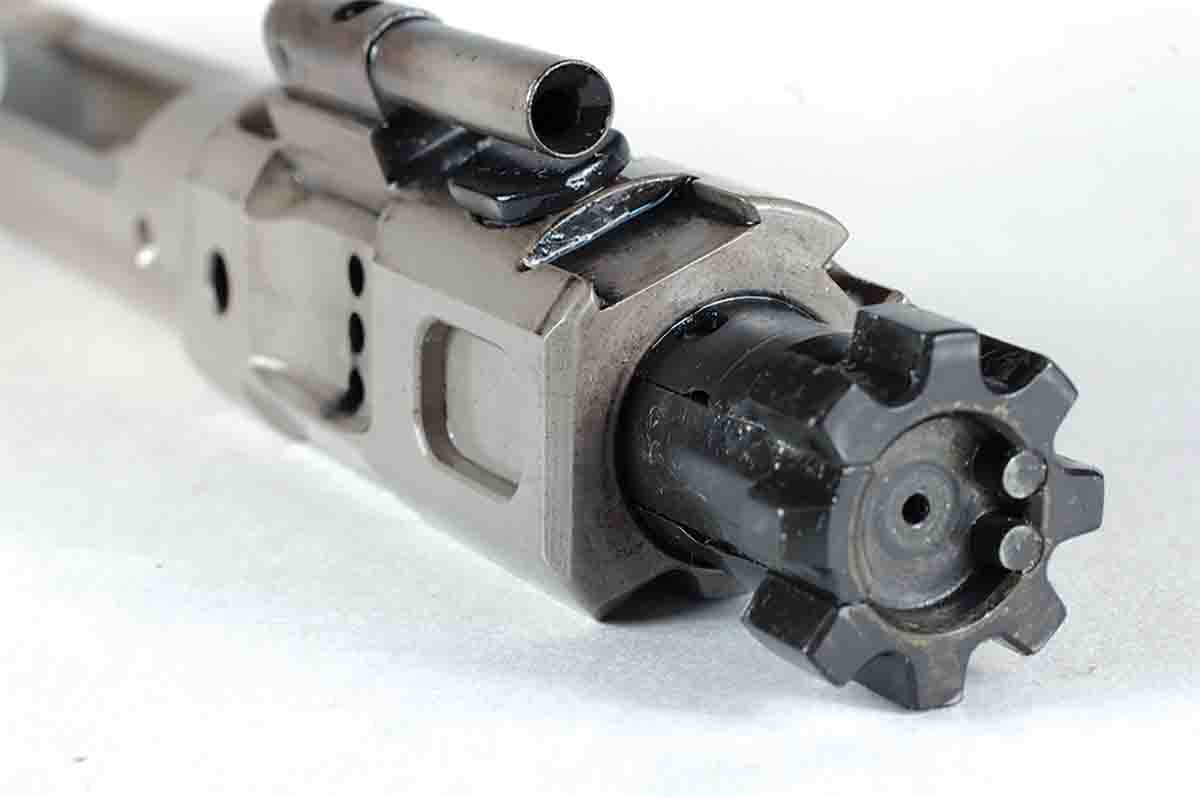
It has been reported that the Savage’s bolt carrier is slightly shorter and lighter than other carriers. However, the carrier of the MSR 10 and the LE901 appear to be the same length and weight. The carrier key on the Savage is integral with the bolt carrier, and the key is pinned in place. The Colt’s key is one piece and is locked in place on the carrier with two screws.
One attention to detail is a nylon-tipped screw that bears against the bottom of the rear lug. This prevents any movement between the upper and lower, stopping any rattle that some shooters find as annoying as fingernails dragging across a chalkboard.
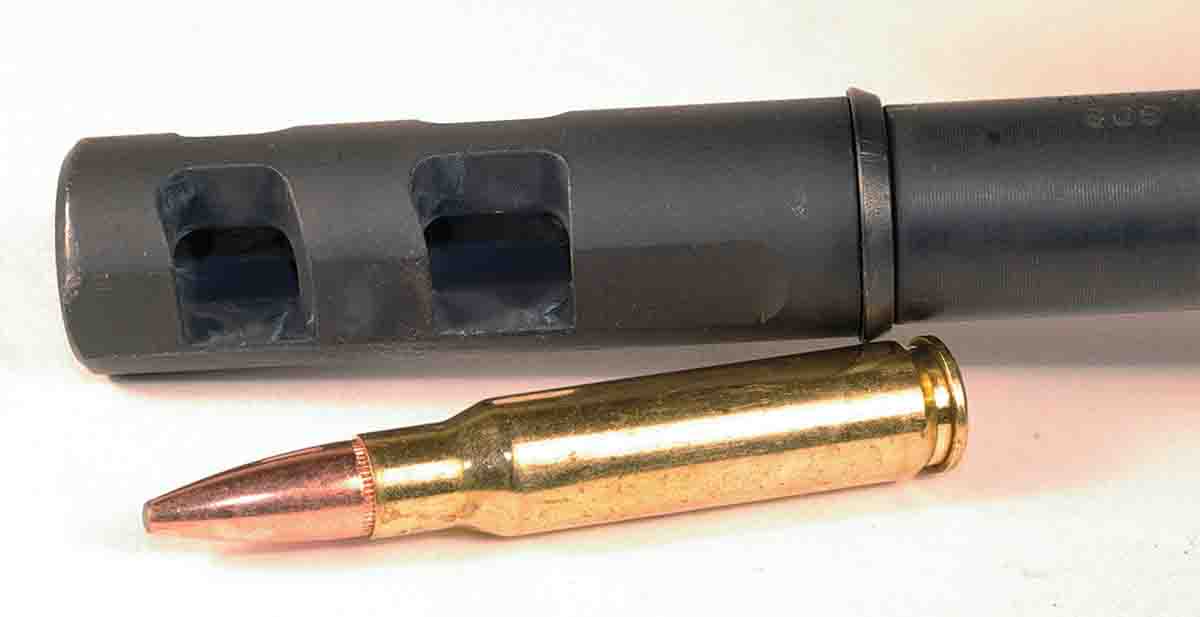
The Hunter’s trigger is made by Blackhawk, one of Savage’s sister companies. While the scale was still turned on, I weighed the Hunter’s trigger pull. It varied from 6 pounds, 9 ounces up to 7 pounds. It also had four stages of creep before the trigger tripped the hammer.
Pulling back the charging handle was only required once or twice during a shooting session; but reaching under the scope’s ocular lens to grasp it and pull it back was annoying. The more expensive MSR 10 Long Range has a charging handle on the left side and I looked longingly at pictures of it.
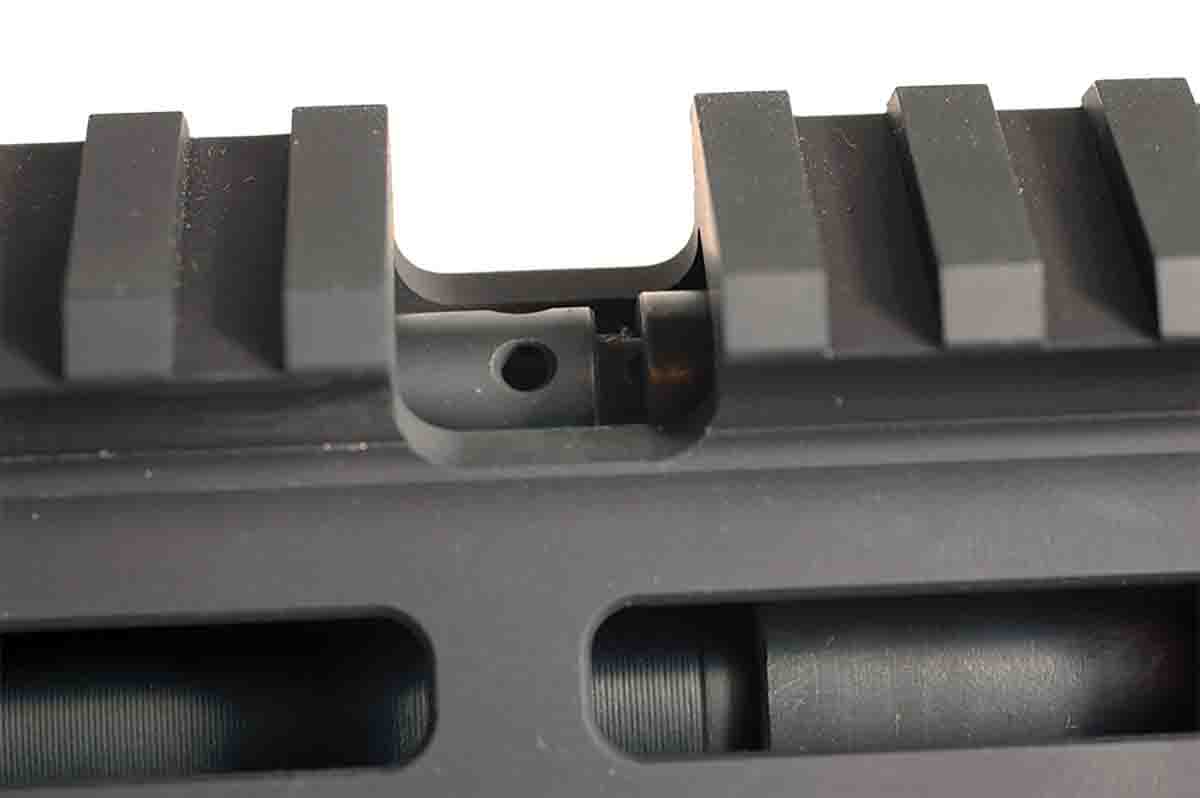
The Hunter’s recoil was mild when shooting 130- to 185-grain bullets loaded in seven Federal .308 Winchester loads.
The forward slam of the recoil buffer was about the only thing that caused the sight picture through the scope to blink out.
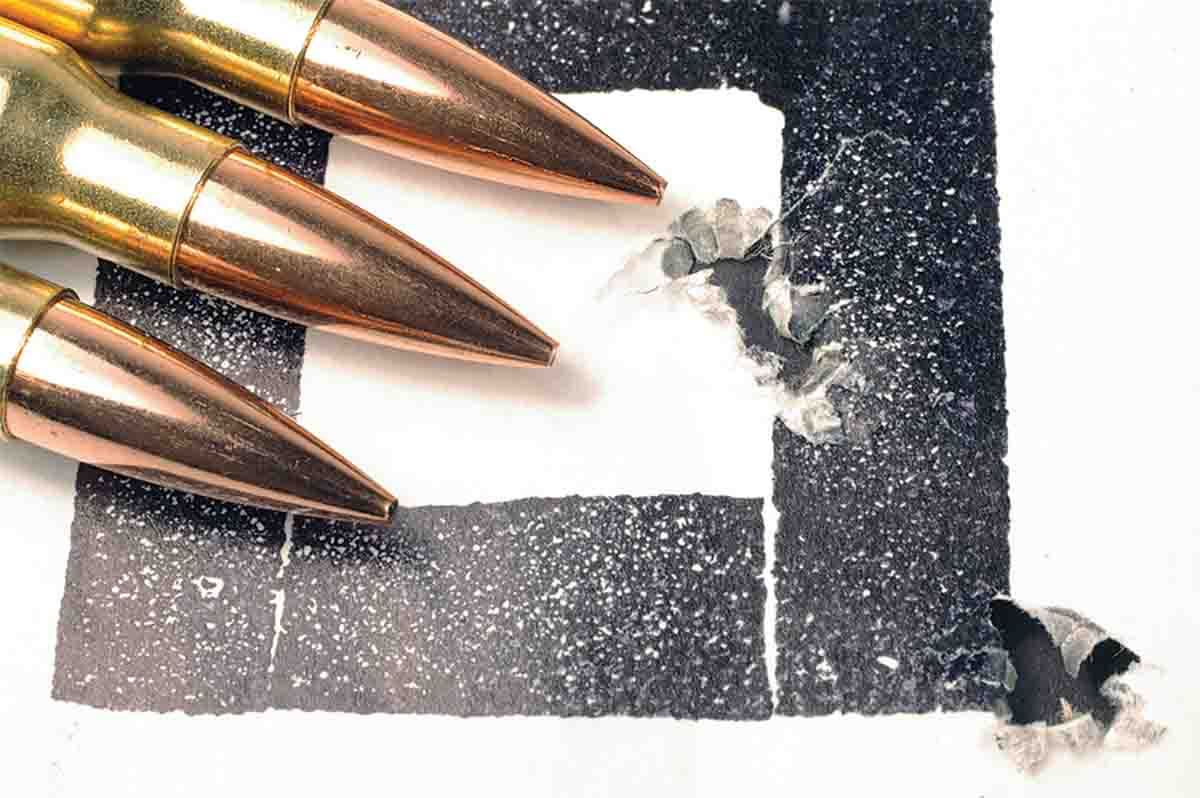
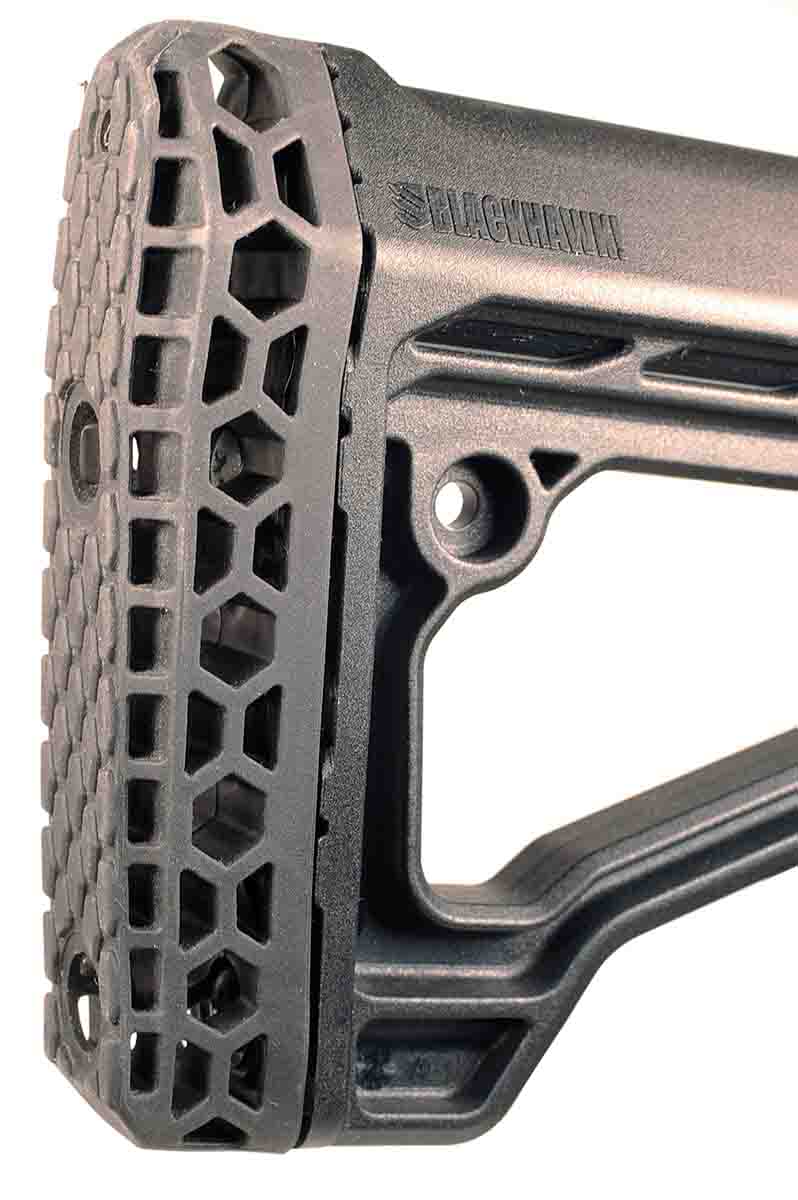
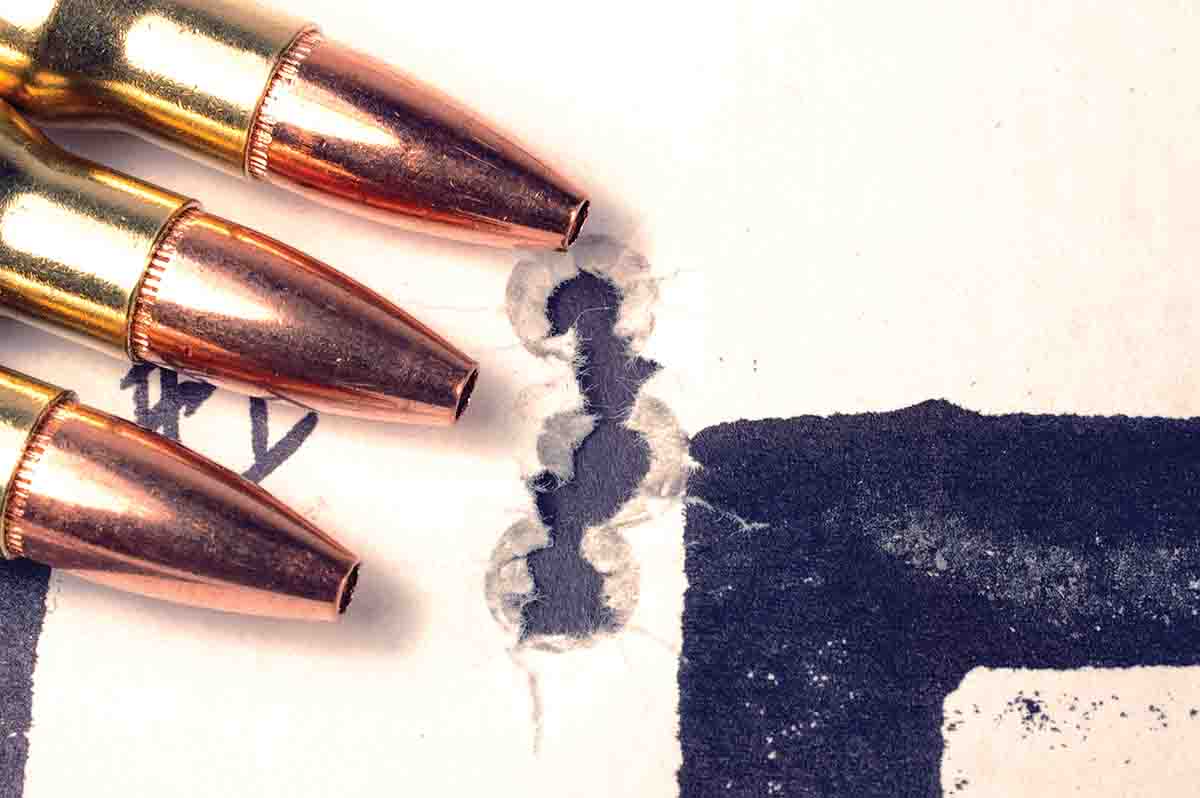
The handguard got hot enough that I needed to wear a glove when the ambient temperature was 90-some degrees Fahrenheit and the Savage had been shot quite a few times in a row.
.jpg)
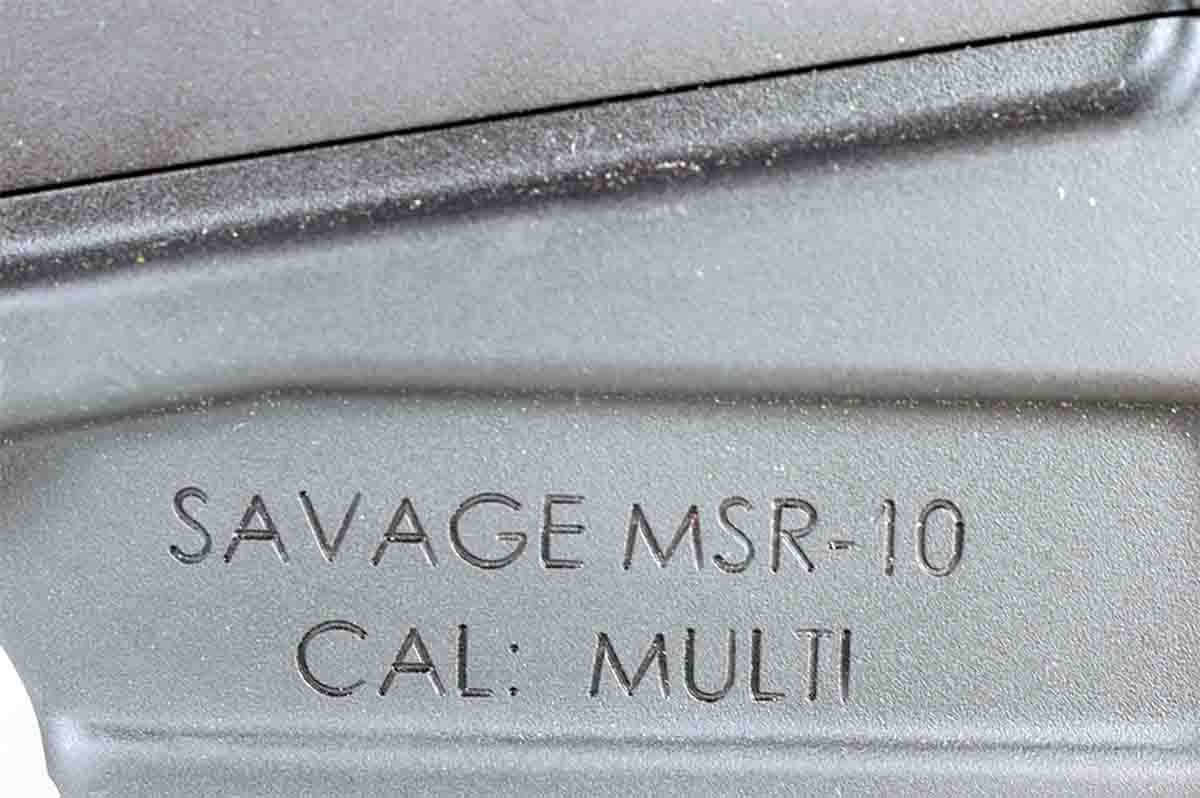
Savage Arms certainly designed the MSR rifles its way, with familiar operating controls and innovative features. The long-standing company can certifiably call its new line of firearms Modern Savage Rifles. The MSR 10’s retail price is $1,481.
